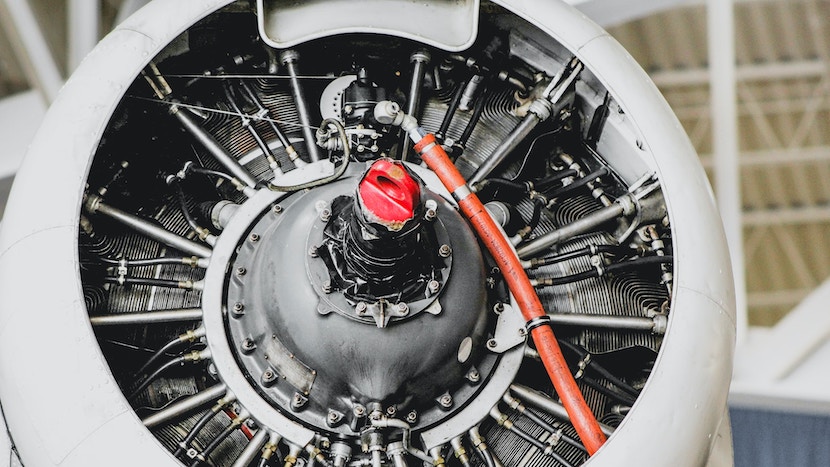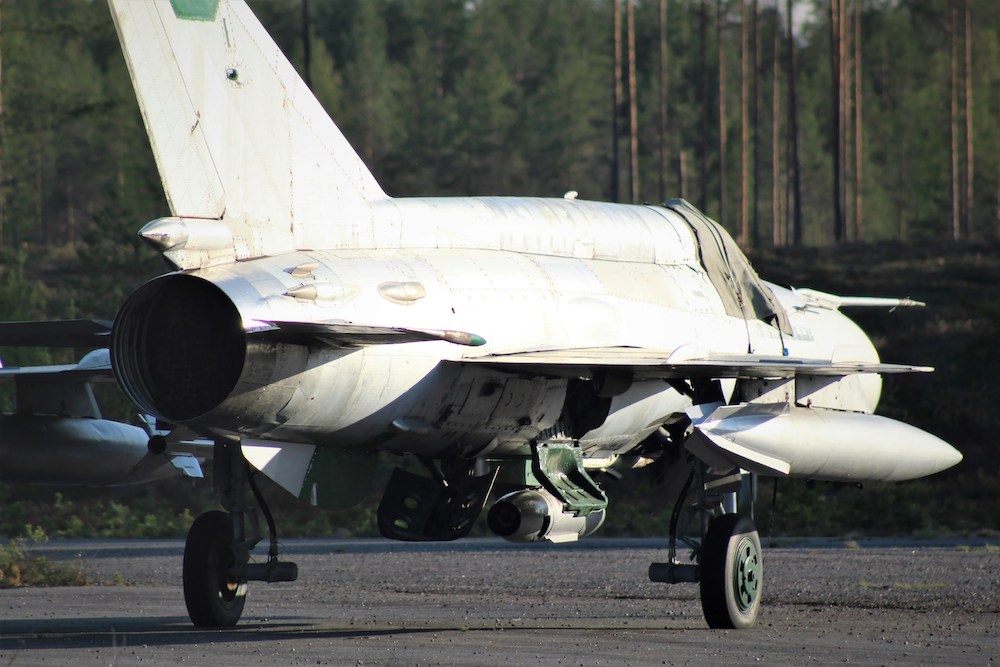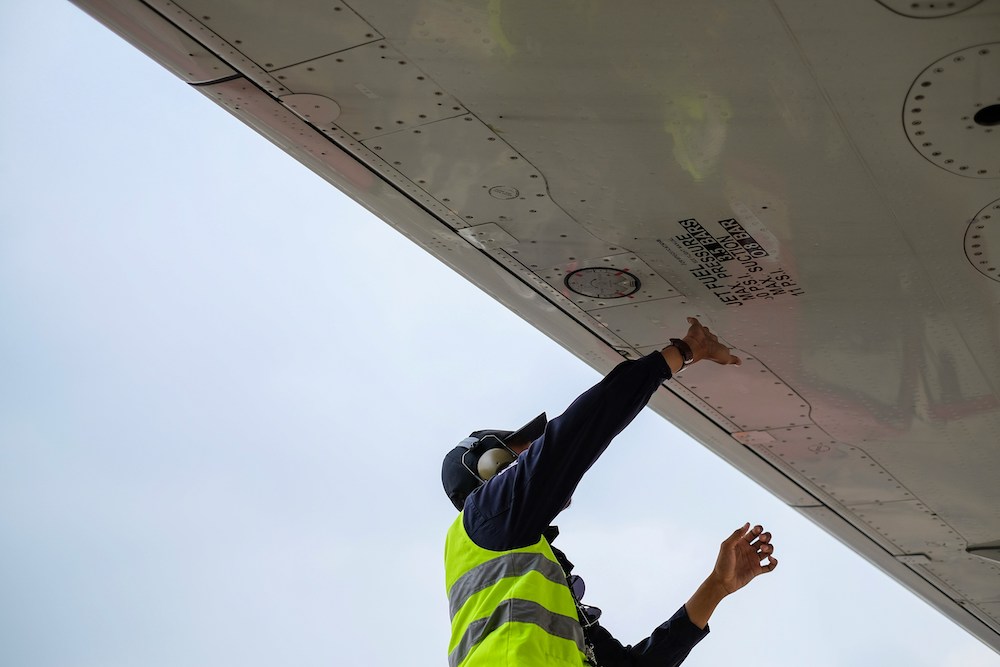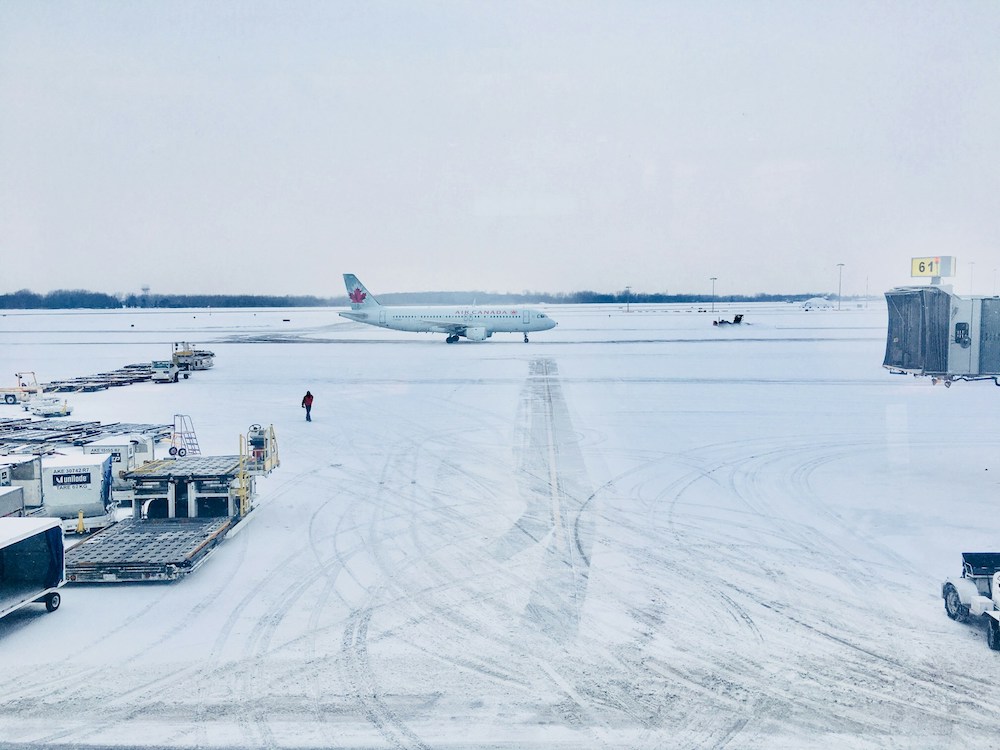
Every component is critical in ensuring an aircraft’s safety, reliability, and efficiency in aviation industry. From the smallest screw-up to the largest engine part, each piece is meticulously designed, tested, and approved to meet rigorous standards. Approved aviation parts not only guarantee the optimal performance of an aircraft but also play a pivotal role in safeguarding the lives of those on board.
However, the aviation industry has recently been rocked by news reports highlighting a concerning issue: the infiltration of unapproved aviation parts into the supply chain, introducing yet one more challenge. Many of the major airlines have found that unapproved parts infiltrated their inventory, including Delta and Southwest, as well as American Airlines.
These unauthorized components, which have not undergone the stringent approval processes, pose significant risks. Their presence threatens to compromise the integrity of aircraft, potentially leading to equipment failures.
As the news keeps us informed about this important issue, it reminds us of how crucial it is to stay vigilant against the suspected unapproved parts in aviation. After all, there is a collective responsibility amongst industry stakeholders to ensure that only approved parts make their way into our skies.
Tactics To Verify Plane Parts
The aviation industry’s commitment to safety and precision necessitates a robust system of checks and balances. Ensuring that every aircraft component is genuine and approved is paramount. Here are some essential tactics employed by industry professionals to verify the authenticity and appropriateness of plane parts:
Documentation Review
Paperwork is as crucial as the part itself. Proper documentation not only verifies the authenticity of a part but also its history.
- Certification: Genuine parts come with certificates of conformance or airworthiness, indicating they’ve passed rigorous testing and meet industry standards.
- Traceability Records: These records provide a detailed history of the part, from its manufacture to its various ownerships, ensuring it hasn’t been tampered with or compromised.
- Purchase Documentation: Authentic parts will have proper purchase orders, receipts, and other related documents that align with established procurement processes.
The Role Blockchain Can Play in Reinforcing Document Authenticity
As ePlane explores in the piece How Institutional-Grade Blockchain Technology Solves Traceability in the Aviation Industry, blockchain technology can heighten transparency while making it extremely difficult to forge information? To understand how, it’s first important to think of blockchain technology as a widely accessible secure ledger that cannot be retroactively edited. With this cutting-edge technology, buyers and vendors alike may be able to view the full life of a plane part with greater accuracy and less risk of manipulation.
Buyers can take advantage of blockchain technology within the ePlane marketplace, as we’re unrolling features that will help users verify the authenticity of all aviation documents. Each transaction will be stored with a hash value, providing a verifiable record to further help the aviation industry battle suspected unapproved parts.
Supplier Verification
Forged paperwork and false representation of unapproved parts doesn’t happen by accident; bad actors actively seek to mislead buyers. Therefore, consider the following actions to reduce the risk of buying from questionable service providers.
- Research the Vendor: Before engaging with a supplier, it’s essential to conduct thorough due diligence. Look for any reviews, testimonials, and any red flags indicating past issues.
- Industry Certifications: Reputable suppliers will have industry certifications, indicating they adhere to established standards and practices. Certifications like AS9120 or ISO 9001 indicate a supplier’s commitment to quality. ePlane makes it easy to request such documents, with many vendors publishing them alongside the parts themselves.
- Past Records: A supplier’s track record can provide insights into their reliability. Checking past incidents of supplying unapproved parts or legal issues can help make informed decisions.
- Consider Joining Online Peer Groups: LinkedIn and other social platforms have private groups in which buyers warn one another of bad actors within the aviation industry.
Visual Inspection of Parts
At the forefront of verification is the visual inspection. It’s the first line of defense against counterfeit or unapproved parts.
- Official Markings: Genuine parts often have specific markings that indicate their authenticity. These can include logos, holograms, or other unique identifiers that are difficult for counterfeiters to replicate accurately.
- Serial Numbers: Each approved aviation part will have a unique serial number, allowing for its traceability. Checking this number against official databases can quickly verify a part’s legitimacy.
- Quality of Craftsmanship: Authentic parts are manufactured to exacting standards. A visual inspection can often reveal discrepancies in craftsmanship, such as uneven finishes, misaligned components, or subpar materials.
Third-party Audits
Relying solely on internal checks can sometimes lead to oversights or biases, whether unintentional or otherwise. This is where third-party audits come into play, offering an additional layer of scrutiny.
- Objective Assessment: External agencies unbiasedly review the parts in question. Their primary goal is to ensure compliance with industry standards, free from any internal pressures or influences.
- Random Checks: One of the strengths of third-party audits is the element of surprise. Random checks ensure that suppliers and airlines maintain consistent standards rather than just preparing for scheduled reviews.
- Detailed Reporting: Post-audit, these agencies provide comprehensive reports highlighting any discrepancies, potential areas of concern, and recommendations for improvement. Such feedback can be invaluable in refining internal processes and ensuring continued compliance.
Training and Awareness
Knowledge is one of the most potent tools in the fight against unapproved aviation parts. Ensuring that those on the front lines have the necessary information is crucial.
- Regular Workshops: Hosting regular training sessions and workshops can keep staff updated on the latest trends in counterfeit parts, teaching them how to spot and report these discrepancies.
- Real-world Case Studies: Using real-world examples of incidents involving unapproved parts can drive home the importance of vigilance. These case studies can offer insights into how counterfeit parts enter the supply chain and the consequences of their use.
- Resources and Tools: Providing staff with resources, such as reference guides, databases, and tools, can aid in the verification process. Quick access to information can expedite the verification process and reduce the chances of oversight.
Actions to Take if You Suspect Unapproved Parts in Your Fleet
The discovery or mere suspicion of unapproved parts within an aircraft fleet is a grave concern that demands immediate and decisive action. Here’s a step-by-step guide on how to address such a situation:
Immediate Grounding
- Safety Precaution: When there’s a suspicion of unapproved parts being used, the affected aircraft should be grounded immediately. This ensures that potential risks are contained and prevents further complications or dangers.
- Isolation: The suspected aircraft should be isolated from the rest of the fleet to prevent potential cross-contamination or confusion during the investigation.
Thorough Investigation
- Internal Review: Begin with an internal team of experts who can assess the suspected parts, cross-referencing them with purchase records, serial numbers, and other relevant documentation.
- External Experts: Engage third-party experts or agencies that specialize in aviation parts verification. Their unbiased perspective can provide additional clarity and validation.
Reporting
- Aviation Authorities: Immediately notify relevant aviation authorities, such as the FAA or EASA, about the suspicion and the actions taken. They might provide further guidance or support during the investigation.
- Affected Parties: If other airlines or entities might be affected due to shared suppliers or recent transactions, they should be informed as a precautionary measure.
- Marketplaces: If you used a designated parts marketplace to make the purchase, alert that marketplace that their vendor is fraudulent so they can ban them from the platform.
Legal Action
- Investigate the Source: Trace back the origin of the unapproved parts to identify the supplier or entity responsible.
- Pursue Legal Recourse: Depending on the severity of the breach and the potential risks involved, legal action might be warranted against those responsible. This can range from contractual penalties to lawsuits, depending on the circumstances.
Public Communication
- Transparent Communication: Address the issue head-on by informing customers, stakeholders, and the media about the situation, the steps taken, and the resolution.
- Reassurance: Emphasize the airline’s commitment to safety and the rigorous measures to prevent such incidents. Reiterate the actions taken to address the current situation and ensure it doesn’t recur.
- Feedback Channels: Open channels for feedback and queries, allowing concerned parties to seek clarifications or provide additional information.
Warn Peers About Vendors of Unapproved Part
- Industry Forums: Participate in industry forums, workshops, and seminars. These platforms offer opportunities to learn from peers, share best practices, and always stay updated on the latest developments in the fight against unapproved parts.
- Shared Databases: Collaborate with industry bodies to create shared databases of verified suppliers, known counterfeiters, and suspicious activities. Such a centralized system can benefit the industry by providing real-time data and alerts.
Key Takeaways About Unapproved Aviation Parts and Safety
The aviation industry hinges on trust, precision, and safety. Every component is vital for aircraft functionality and passenger security, regardless of size. The rise of unapproved parts in the supply chain is not just a logistical issue but a significant safety concern.
Detecting these parts early is crucial, using visual inspections and supplier verifications. Collaborative efforts, such as third-party audits and training, enhance the industry’s defenses against counterfeit components.
Strengthening procurement protocols and fostering open communication with authorities is paramount to ensure aviation’s future safety. The industry can uphold its commitment to safety and operational integrity by adopting these measures.
Let ePlane Help You Operate With Confidence
ePlane empowers buyers with AI-driven parts acquisition and procurement to ensure efficiency and accuracy. We intelligently deploy leading technologies to reduce repetitive tasks and augment datasets and industry insights, enabling teams to dive deeper into what matters most (including evaluating tags and documents).
Other ways ePlane helps facilitate and verify important certifications? ePlane will utilize blockchain nodes among partner systems to ensure that all participants can further verify the authenticity of transactions and documents. Additionally, we’ll store documents within our system so they’re readily available upon request in order to lessen delays.
Keen to learn more about aviation parts? Read popular ePlane articles, including:
- Air Data Computer – How it Works, Inputs, Outputs, and Popular Aviation Parts
- Cessna 182 vs. 172 – Cruise Speed, Cabin Size & More
- Fire Extinguishers for Aircraft- Types & Considerations
Written by Michael Olusoji
Written by Michael Olusoji
Michael Olusoji is a distinguished aviation writer with over five years of in-depth expertise.
His comprehensive research and analytical prowess have culminated in a myriad of articles that dissect the intricate facets of the aviation sector, particularly the engineering nuances of aircraft components.



